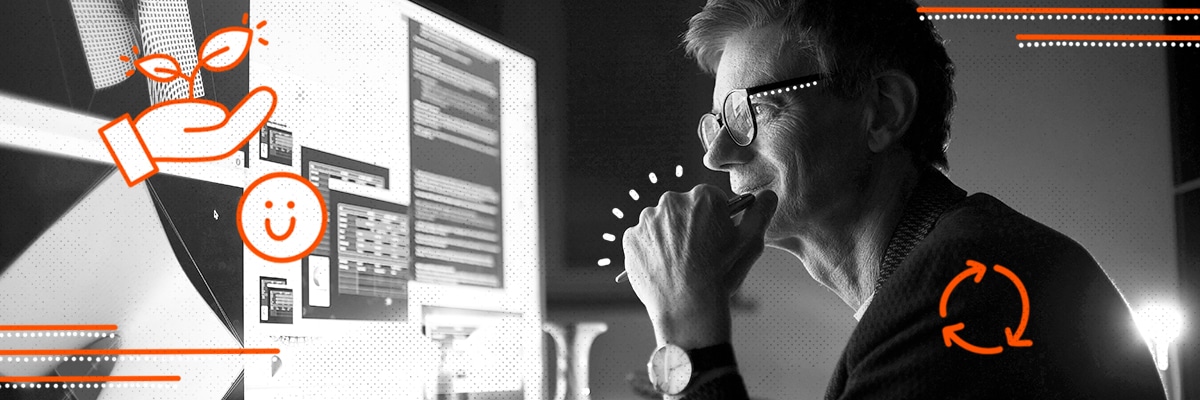With health and safety pushed to the forefront of consumer concern during the Covid-19 pandemic, environmentally conscious consumers now have an even greater desire to seek out and purchase sustainable product packaging that is created from sustainable
materials using energy from renewable resources. Modern businesses have an opportunity to engage in sustainable practices, save on product packaging costs, and most importantly build consumer trust and loyalty. In 2021, 37% of U.S. consumers reported prioritizing sustainability when making buying decisions, and 30% were even willing to pay a premium for products that deliver on sustainability claims—and major CPG brands are taking
note.
CPG brands are already aware that single-use plastic is becoming a thing of the past, and major corporations are setting lofty goals to reduce carbon emissions over the next decade as well as investing in supply chain modifications to get there. General Mills has pledged to source
100% renewable electricity by 2030
, and IKEA is determined to produce
zero emissions from home deliveries by 2025
. Sustainable product packaging not only connects with consumers on a personal values level, but it also increases consumers’ perception of your products’ inherent value. Incorporating—or completely shifting toward—sustainable
packaging is a tangible way to show your customers that your brand takes its corporate responsibility and environmental impact seriously.
Creating Sustainable Product Packaging
With 48% of consumers willing to change their consumption habits to reduce their impact on the
environment, your brand has an exciting opportunity to join the eco-friendly movement and exceed consumer expectations for sustainable product packaging. Here are (matter)’s top tips for shifting your product packaging toward sustainability.
- Familiarize yourself with SPC guidelines. The Sustainable Packaging Coalition has set forth 8 sustainability guidelines for companies to help promote an innovative and environmentally friendly future for product packaging. Make sure your team understands these guidelines before redesigning product packaging.
- Understand consumer expectations. Today’s consumers want eye-catching packaging that draws them to your products and clearly communicates your brand, benefits, and environmental impact. Researching your target audience and their expectations will help inform your packaging redesign.
- Investigate alternative product packaging options. Consider moving away from single-use plastics and toward recyclable and recycled plastic packaging or fiber-based substitutes to reduce or remove plastics and microplastics from the
environment. - Reduce excess packaging. Optimize your packaging design to use less material not only proves to consumers that your brand cares about sustainability, but also saves on your packaging costs and lowers your overall carbon emissions.
- Promote your eco-friendly packaging. Consumers love clear instructions, so printing how or where to recycle your packaging (such as labeling your bags and boxes as “compostable”) helps consumers see how buying your products
directly correlates to helping the environment. - Commit to ethical practices. Take your brand’s sustainability to the next level by sourcing materials that not only sustain the environment, but also respect human rights and worker conditions. Then, build consumer trust through
transparency about product and packaging material sourcing.
Brands are beginning to take a harder look at how they need to adjust both their products and product packaging to align with these sustainability goals. (matter) understands the benefits and importance of sustainable product packaging and how you
can use it to your advantage to better connect with customers while lowering your carbon footprint. If your brand is looking to learn more about sustainable product packaging, why it matters to your consumer, and how to best incorporate creative design
into your sustainable product packaging, connect with the (matter) team today!
